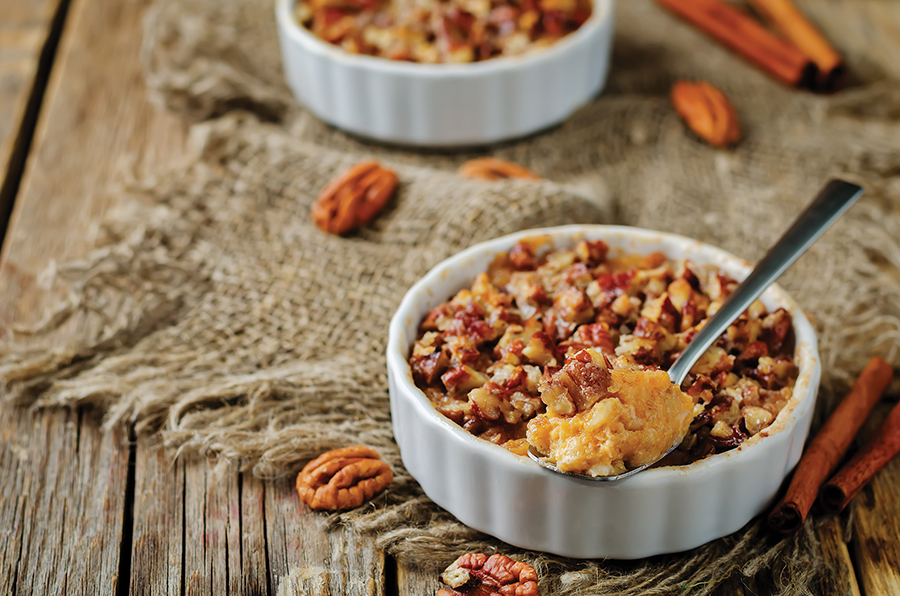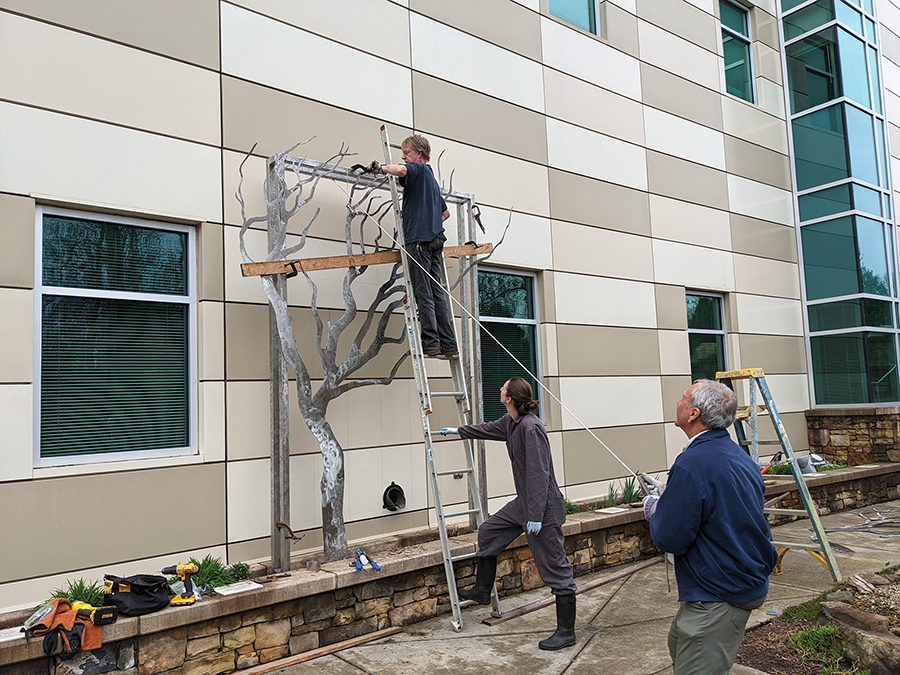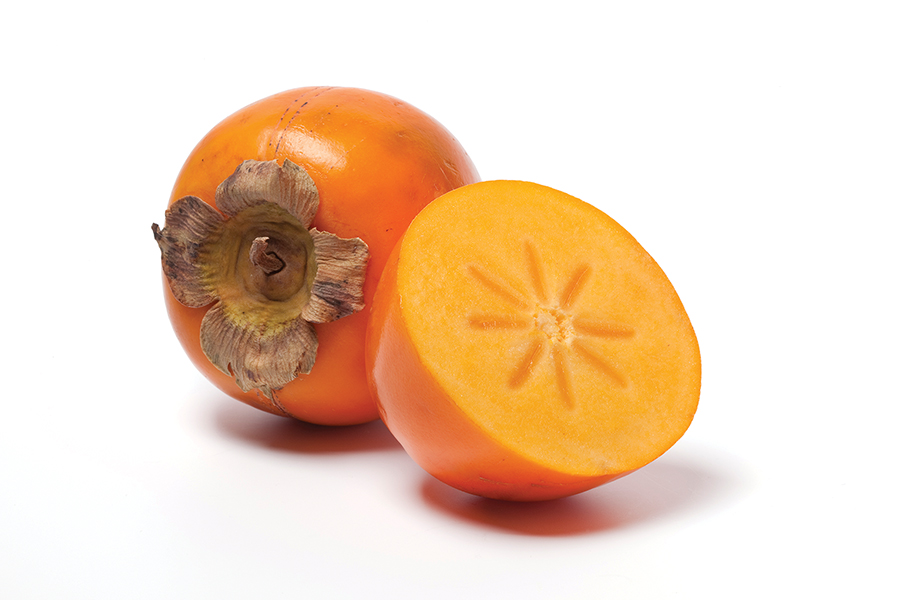Sazerac November 2023


Unsolicited Advice
A little something on the side? Don’t mind if we do. But this year as you’re planning the Thanksgiving feast, can we all agree to keep the canned cranberry sauce where it belongs? In the can — or better yet, on the grocery store shelf — where it can stay until we’re hiding from the end of the world, in a bunker, and it’s your absolute last resort. Like, even after you’ve eaten the can of Spam that your cat won’t touch. Leave it on the shelf and try one of these unique dishes found at popsugar.com instead:
- You can’t spell “sausage stuffing” without “sage,” but you can stuff something other than your turkey. Like your slow cooker. Frankly, it’s a much safer process with a big bonus: The two cups of onion will give your breath a “savory” aroma that will have your relatives happily keeping their distance.
- Meatlovers, meet your veggies. Think Brussels sprouts are disgusting? Think again. Pan-fry bacon and use its fatty grease in place of olive oil for roasting sprouts, squash and fresh cranberries. Lastly, sprinkle said veggies with bacon bits and walnuts and they becomes a delicious, salty treat.
- In a world where cauliflower can be anything — we’re talking pizza and even a Chick-Fil-A sandwich — why not make it a Thanksgiving side? Just add white cheddar. And bacon.
- We saved the best for last. We’ll take a heapin’ helping of sweet potato casserole with butter-pecan crumble topping. Does that mean we can’t have just a sliver of sweet potato pie and a wee bit of pecan pie? Nope, there’s still room for dessert if you skimp on the cranberry sauce. Find more interesting ideas here: popsugar.com/food/unique-thanksgiving-side-dishes-32388172

Just One Thing
Lawrence Feir, a Greensboro sculptor and cancer survivor, once sketched trees in Wesley Long’s Healing Garden while waiting for a ride home after chemo and radiation treatment. “Those doodles eventually evolved into the Tree of Hope sculpture,” says the Canadian-born artist, who got his start “painting jean jackets in a Long Island neighborhood, emblazoned with ’60s rock ’n’ roll stars like the Grateful Dead and Bob Dylan.” Disillusioned with life in crowded New York, “I moved to North Carolina, went to art school and discovered photography.” Feir, pronounced fayr, says a lucky break at the Greensboro airport landed him a job jetting the world shooting photos for aerospace pub Airways International until September 11, 2001. “Flying and photography would never be the same for me,” he says. After Dr. Bill Bowman, a general surgeon for 30 years and a Cone Health VP, died unexpectedly in 2021, family and friends donated money for a memorial, and Feir, who had reinvented himself as a contemporary artist working in welded steel, kinetic, abstract and figurative sculpture, was tapped to create it. A silver silhouette of a tree came to mind, Feir says, that would reflect the garden’s lush green vegetation with an almost moss-like border in the morning, turn silver as the day progressed and then take on a warm, crepuscular glow as dusk descended. Fabricated from stainless steel with a welding tool “that uses jets of hot plasma to cut through metal like butter,” the 12-foot-high tree sprouted and grew in Feir’s Greensboro studio over several weeks. Feir hopes its wind-swept branches inspire feelings of comfort and serenity in others dealing with cancer while serving as a shimmering tribute to Dr. Bowman and others who “supported me through a very difficult time,” he says. “They saved my life.”

Window to the Past
Photograph © Carol W. Martin/Greensboro History Museum Collection
Don’t miss this year’s Greensboro Honors: Veterans Day Parade, beginning on the corner of Elm and Lindsay, and kicking off at noon on November 11.
Sage Gardener
 For decades, Betty, my sister, and I have scouted out persimmon trees just before Thanksgiving. After carefully removing the fruit’s orangey, pulpy mass from the ground and separating out the leaves, twigs and dirt, we cook up some persimmon pudding for the big holiday feast. I’ve always used my late mother’s recipe, distinguished by sweet potatoes, corn meal, pecans and nutmeg with no other spices. I wondered aloud to Betty whether she uses the same recipe.
For decades, Betty, my sister, and I have scouted out persimmon trees just before Thanksgiving. After carefully removing the fruit’s orangey, pulpy mass from the ground and separating out the leaves, twigs and dirt, we cook up some persimmon pudding for the big holiday feast. I’ve always used my late mother’s recipe, distinguished by sweet potatoes, corn meal, pecans and nutmeg with no other spices. I wondered aloud to Betty whether she uses the same recipe.
“Doesn’t matter,” she said.
“What?”
“I don’t care one way or another about persimmon pudding,” she said. “It’s momma’s hard sauce that I like.” Brandy, sugar and butter. What’s not to like, but Zella Bailey’s son sure does love persimmons and persimmon pudding.
A corruption of the Algonquin word “putchamin,” persimmons charmed Spanish Conquistador Hernando de Soto, who liked them better than red plums. English Colonial Governor Captain John Smith declared them “one of the most palatable fruits of this land” — when ripe — observing how they can “draw a man’s mouth awrie with much torment” when eaten too soon.
The Oxford Companion to Food observes from an ocean away that it is “a fruit which used to be valued . . . but is now little eaten,” eclipsed, they say, by the big, fat Asian-engineered persimmons ubiquitous in grocery stores nowadays. Right.
In Seasoned in the South: Recipes from Crook’s Corner and from Home, celebrated Chapel Hill chef Bill Smith says his favorite recipe passed down to him by Bill Neal, Crook’s founder, is persimmon pudding (no sweet taters and no cornmeal, but good nonetheless). Pick your own persimmons, he insists, and sprinkle in some nutmeg, ginger and cinnamon.
In the plant sex department, persimmon trees are diocesius (from the Greek two [di-] and house [oikos]), meaning it takes two trees, a male and a female, to tango and make persimmons. I have proof of this in my yard, where a lonely female tree flourishes, but longs for a stately male companion. The wood from persimmon trees, by the way, is hard and closely grained and used for golf-club heads, billiard cues and once upon a time for preparatory school paddles.
In sweetness, the fruit is only exceeded by the date in sugar content. They are “as eagerly sought out by possums and other wild creatures as human beings,” says The Oxford Companion, showing they do know a little something or another.
Finally, as the onset of winter blisters the landscape with dying leaves and sets our roads on fire with a kaleidoscope of colors, let’s hear it for the persimmon tree, which goes out in a blaze of yellow-to-orange-to-purplish-bronze glory. “Nothing evokes the warm, lazy feeling of a fall afternoon in the Southern countryside,” writes an anonymous horticulturist on the J.C. Raulston Arboretum’s website, “like the sight of two or three persimmon trees lounging against a split-rail fence, their devilishly delicious fruit hanging just out of reach.” — David Claude Bailey
